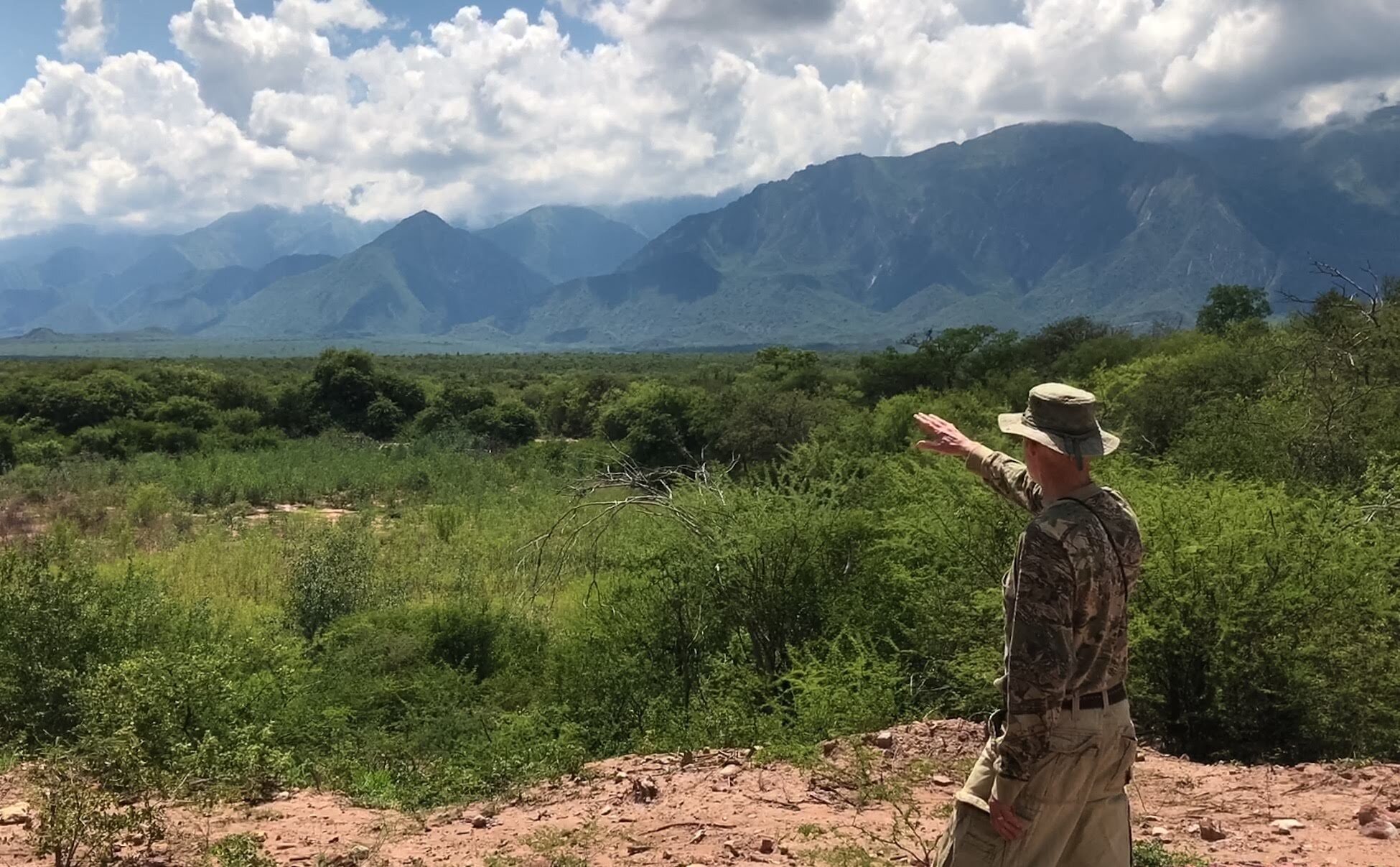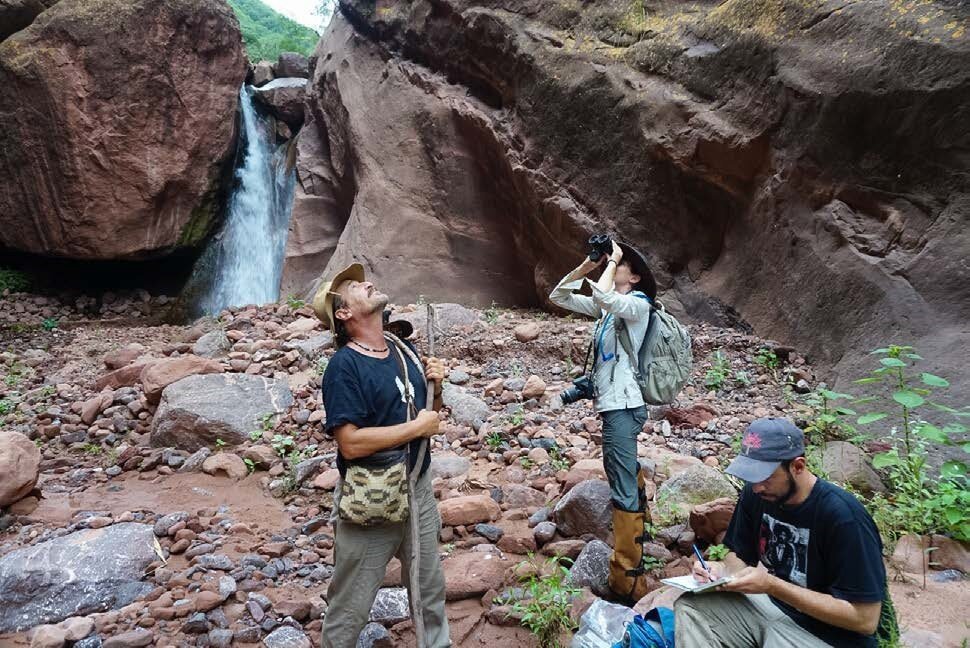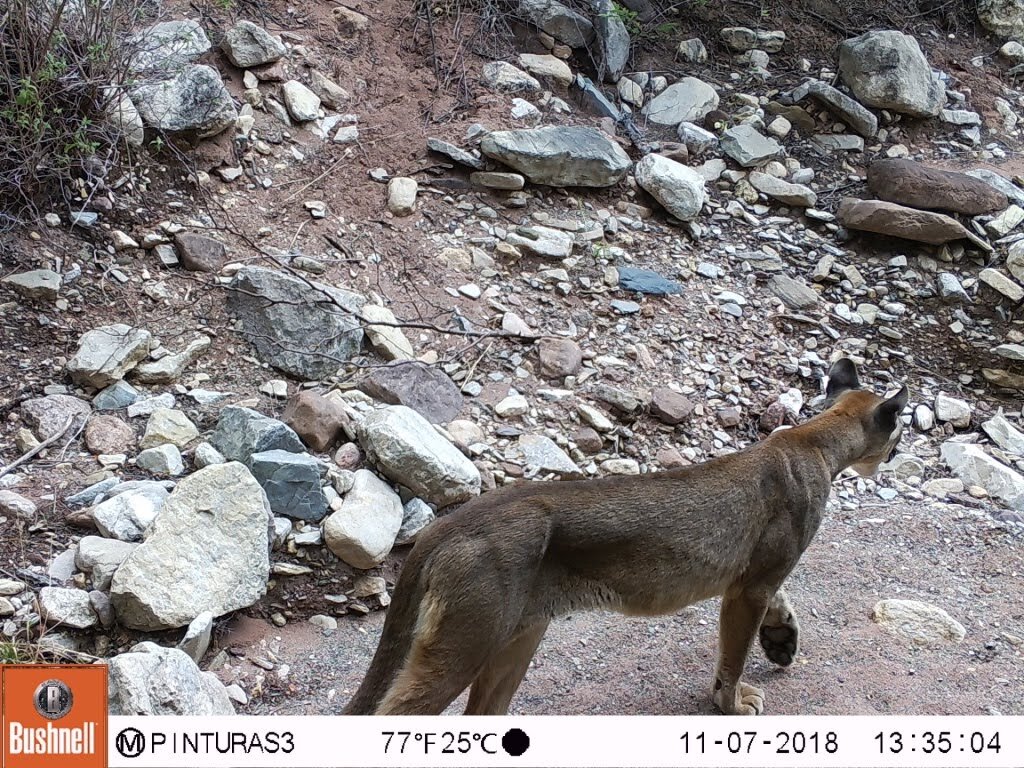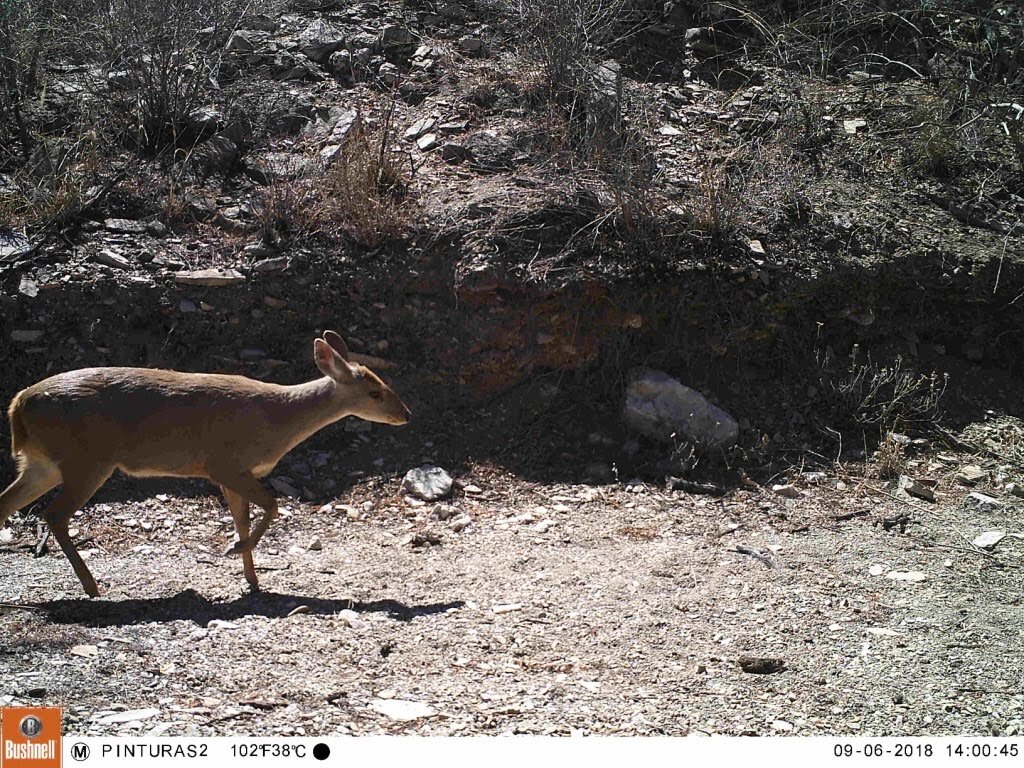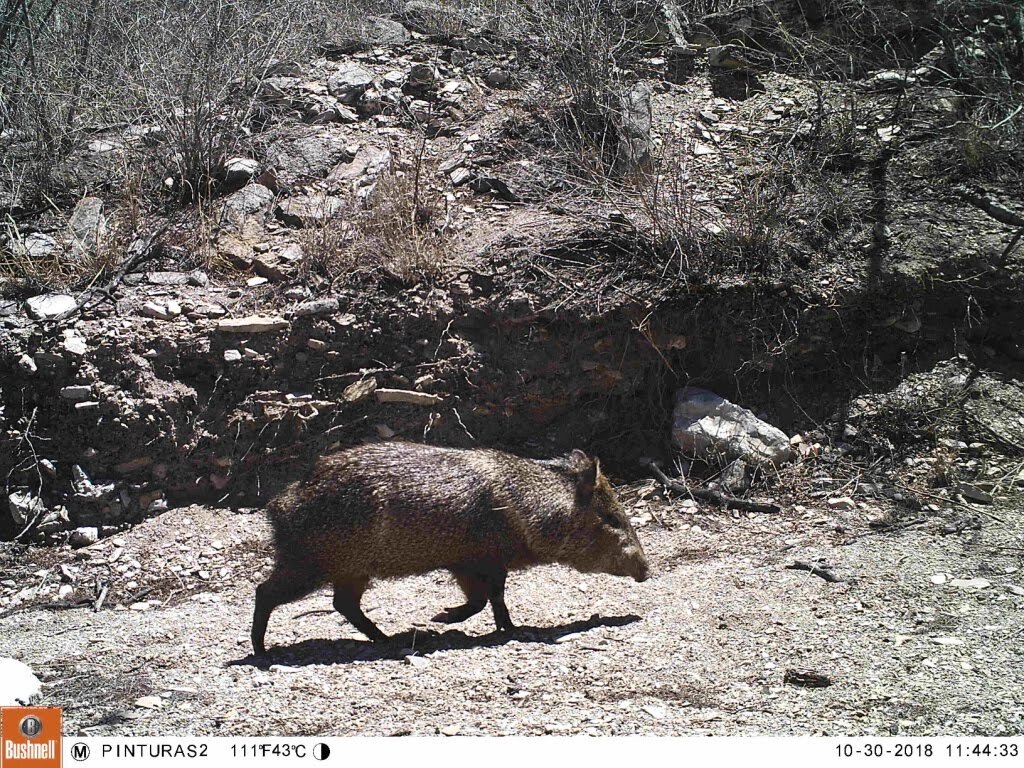
A 10-year Regeneration
Nestled within 70,000 pristine acres in Northwestern Argentina, Condor Valley is a world from the past. Home to cave paintings of the ancient Diaguita Calchaqui tribe, an indigenous tribe who resided here over a millennia ago, this valley is still central to gauchos and multigenerational families. For centuries, the local humans cohabitated peacefully with the abundant flora and fauna. Condor Valley’s semi desert and verdant Andean landscapes have created a varied microclimate that supports an incredible diversity of wildlife, including giant armadillos, anteaters, jaguarundi, ocelots, pumas and pampas cats, corzuelas, agoutis, fox, wild boar, partridges and condors. When establishing Condor Valley Estate & Winery, our mission was to preserve the natural beauty and a thriving, peaceful way of life for all the species that call Condor Valley home.
Science & Research
Since 2011, small teams of scientists and volunteers have conducted studies of the wildlife and biodiversity at Condor Valley. Soon, the conservation efforts grew into a partnership between Condor Valley Estate & Winery and Global Wildlife Conservation in order to establish the W. Henry Hudson Institute of Conservation on the property. With an ongoing analysis of the ecosystems and fauna from the base of operations at Condor Valley, the Institute and Global Wildlife Conservation will work closely with worldwide research organizations to actively support conservation efforts critical to the Salta region of Northwest Argentina.
Re-Wilding the Valley
The preserved ecology, sustainable agriculture, variations in elevation and diverse microclimates make the Salta region a premier destination for wildlife viewing. Its vast territory is home to 65% of all Argentine bird species, with 657 species of the 1,000 that live in the country being found in Salta. Condor Valley alone is host to more than 200 species of birds.
Since 2015, experts have conducted research and analysis while installing Bushnell camera traps around Condor Valley to create a more extensive survey of the region’s flora and fauna. This survey will open the way for the protection of the local species, including the endangered North Andean Deer, better known as Taruka, residing within the native habitat of Condor Valley and Mt. Creston. See outtakes from Condor Valley camera traps or read about how our cameras caught five species of wild cats, including the Jaguarundi.
Wildlife Restoration
A population of Taruka (Hippocamelus antisensis), the rare and sacred species of deer native to high-elevation grasslands in the Andes, has been sighted in high-elevation grasslands of Condor Valley around Mount Creston. Taruka are listed as “vulnerable” on the IUCN Endangered Species list. A better understanding of the distribution and ecology in northern Argentina will hopefully lead to more successful conservation efforts for this species. Read more about tracking the Taruka in Condor Valley.


